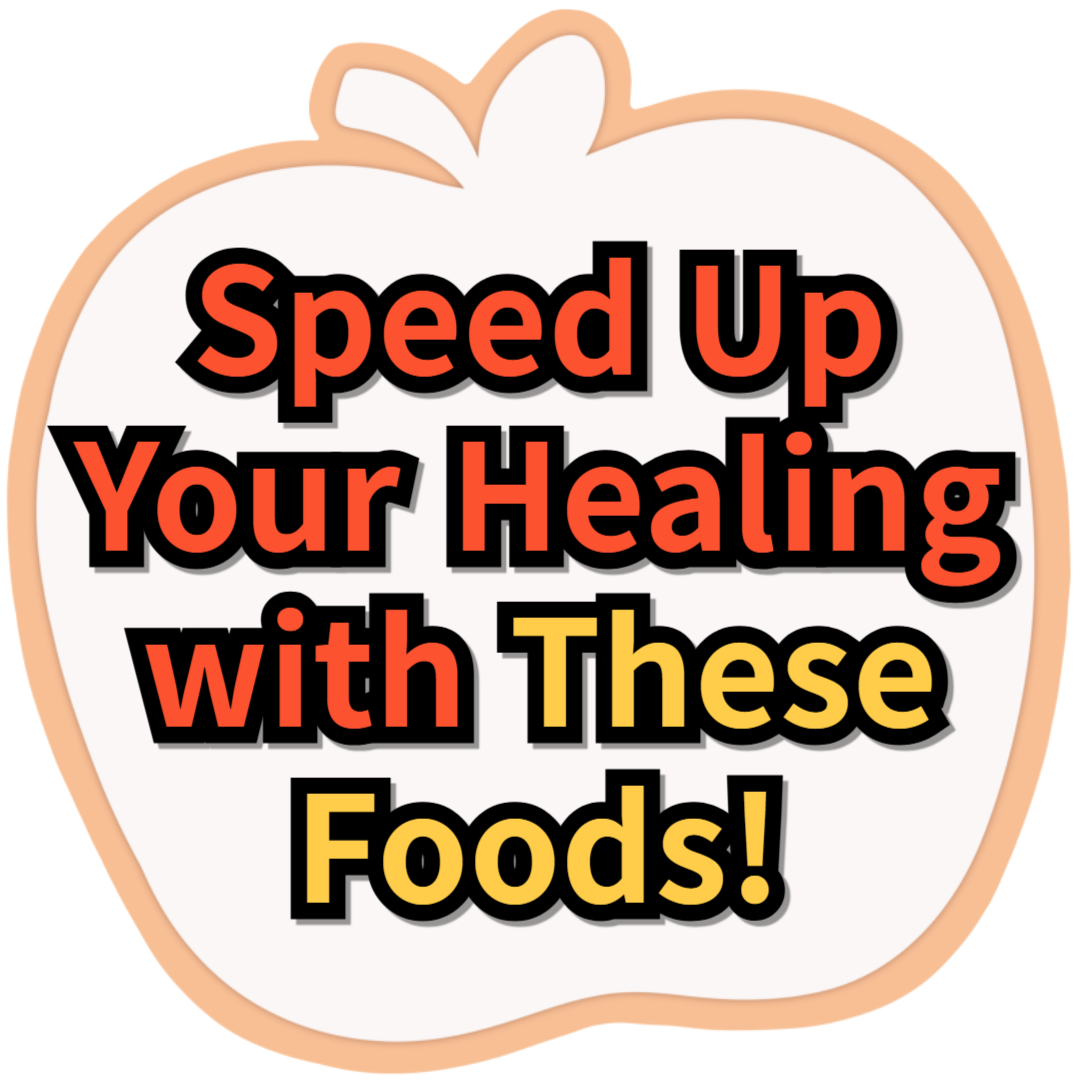Best Foods to Eat After Tooth Extraction for a Speedy Recovery
Undergoing a tooth extraction can be a daunting experience, but the right post-operative care can make all the difference in your recovery. One of the most crucial aspects of this care is your diet. Eating the right foods can help you heal faster and avoid complications. In this blog post, we’ll explore the best foods to eat after tooth extraction, ensuring you have a smooth and comfortable recovery.
Soft and Nutritious Foods to Kickstart Healing
After a tooth extraction, it’s essential to consume soft foods that are easy to chew and swallow. These foods not only minimize discomfort but also provide the necessary nutrients to support healing. Here are some top choices:
- Smoothies and Shakes: Blending fruits, vegetables, and protein powders into a smoothie or shake is an excellent way to get essential vitamins and minerals without irritating the extraction site. Opt for ingredients like bananas, berries, spinach, and Greek yogurt for a nutritious boost.
- Mashed Potatoes and Sweet Potatoes: Both regular and sweet potatoes are soft and easy to eat. They are also rich in vitamins and minerals that aid in recovery. You can enhance their flavor with a bit of butter or cheese, but avoid adding any crunchy toppings.
- Broths and Soups: Warm (not hot) broths and soups are soothing and hydrating. They provide essential nutrients and are easy to consume. Consider options like chicken broth, vegetable soup, or blended soups to ensure there are no chunks that could irritate the extraction site.
Protein-Rich Foods for Tissue Repair
Protein is vital for tissue repair and recovery after a tooth extraction. Incorporating protein-rich foods into your diet can help speed up the healing process. Here are some excellent options:
- Scrambled Eggs: Eggs are a fantastic source of protein and are easy to prepare and eat. Scrambled eggs, in particular, are soft and can be flavored with a bit of cheese or herbs for added taste.
- Greek Yogurt: Greek yogurt is not only high in protein but also contains probiotics that can aid in digestion and overall health. Choose plain or lightly flavored varieties to avoid added sugars that could irritate the extraction site.
- Soft Fish: Fish like salmon and tilapia are soft and easy to chew. They are also rich in omega-3 fatty acids, which have anti-inflammatory properties that can help reduce swelling and promote healing.
Hydrating and Comforting Foods
Staying hydrated is crucial after a tooth extraction, as it helps maintain overall health and supports the healing process. Here are some hydrating and comforting foods to consider:
- Applesauce: Applesauce is a classic post-extraction food. It’s easy to eat and provides a good source of vitamins. Make sure to choose unsweetened varieties to avoid unnecessary sugars.
- Pudding and Jell-O: These treats are not only easy to consume but also provide a comforting texture. They can be a nice change from savory foods and help keep you hydrated.
- Ice Cream and Sorbet: While you should avoid ice cream with chunks or hard pieces, smooth ice cream or sorbet can be soothing and enjoyable. The cold temperature can also help reduce swelling and provide relief.
Foods to Avoid After Tooth Extraction
To ensure a smooth recovery, it’s equally important to avoid certain foods that can irritate the extraction site or delay healing. Here are some foods to steer clear of:
- Hard and Crunchy Foods: Foods like nuts, chips, and raw vegetables can be difficult to chew and may disturb the healing site.
- Spicy and Acidic Foods: Spicy foods can cause irritation, while acidic foods like citrus fruits can sting and delay healing.
- Sticky and Chewy Foods: Foods like caramel, chewing gum, and certain candies can get stuck in the extraction site and cause complications.
- Hot Foods and Beverages: Hot foods and drinks can increase swelling and discomfort. Stick to warm or room temperature options.
Duration of the Post-Extraction Diet
Following a soft food diet is crucial for the first 24 to 48 hours after the extraction. During this period, your mouth is most sensitive, and the risk of complications like dry socket is highest. Gradually, you can start incorporating more solid foods as you feel comfortable, but avoid chewing near the extraction site for at least a week. Full recovery and a return to your regular diet typically take about 7 to 10 days.
Understanding the Healing Process
The healing process after a tooth extraction involves several stages:
- First 24 Hours: A blood clot forms in the socket, which is crucial for healing. You may experience swelling and mild discomfort.
- Days 2-3: The initial inflammation decreases, and granulation tissue begins to form. It’s essential to maintain good oral hygiene and avoid disturbing the clot.
- Days 4-7: New tissue starts to develop, and the risk of dry socket decreases. Continue to follow a soft food diet and avoid strenuous activities.
- Weeks 1-2: Early bone formation occurs, and the extraction site continues to heal. You can gradually reintroduce more solid foods into your diet.
- Weeks 4-16: Complete bone formation and maturation take place. By this stage, you should be able to resume your normal diet and activities without any issues.
Conclusion
Recovering from a tooth extraction doesn’t have to be a painful or uncomfortable experience. By choosing the right foods, you can support your body’s healing process and enjoy a variety of delicious and nutritious options. Remember to stick to soft, protein-rich, and hydrating foods to ensure a smooth recovery. Avoid hard, spicy, and sticky foods to prevent complications. With these tips, you’ll be back to your regular diet in no time, feeling better than ever.
Related Articles You Might Enjoy. Molar Implants: Costs, Comparisons, and Care
